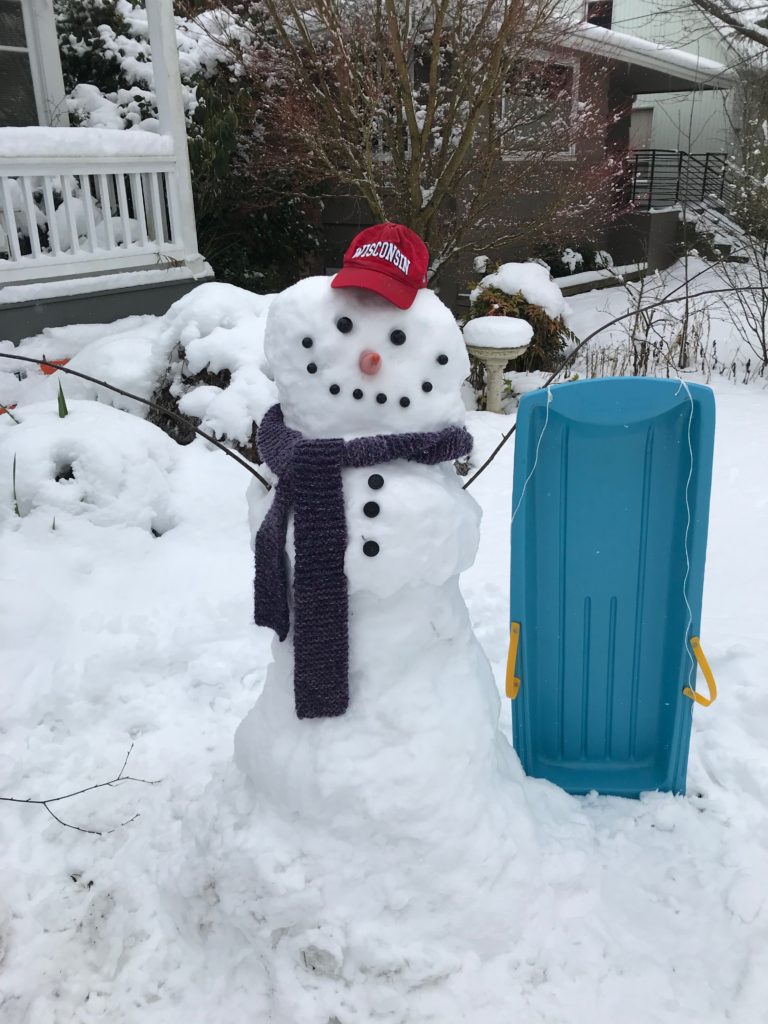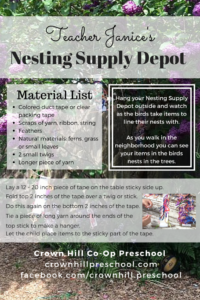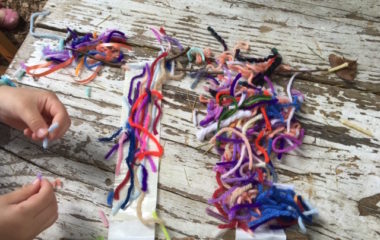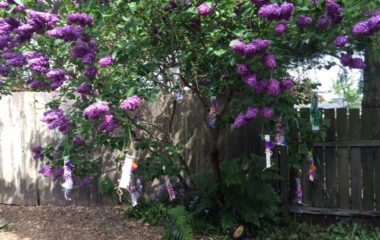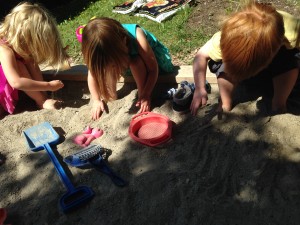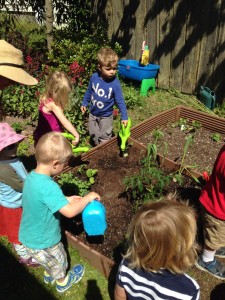Today I have a fun Sensory Activity. Banana Playdough. It is fun to play with and smells like banana bread — and you can eat it!
Our Science Activity is also our Art Activity. Baked Cotton Balls. The outside will be crunchy and the inside is soft white cotton. You can make designs and sculptures on the foil before you bake them. After they are baked you can use a small hammer to smash them, toss them in the air, break them with your hands or just play with them. You can add scent to them before they bake if you wish.
Large Motor Activity. With the weather taking a turn toward rain I thought I would add a few inside large motor activities this week. This one can also be a counting / Math Activity as well as Fine Motor Skills. Take two laundry baskets and fill one with items ( sorted sock balls that they have help roll in balls You can talk about what makes them the same / different. Talk about texture, size, color, shape. You can also use balls, wadded up newspaper, small items like cars, animals, etc). Have a race with the “car” laundry basket to the other “car” laundry basket. Move the items to the second one. Time how long it took. Race the empty one back and start again with “car #2”. Variations: Two children? Just race the full baskets next to each other.Don’t want them running because you don’t have a lot of space? Crawl on your knees, sit on your bottom and push backwards with your back against the laundry basket. There are many ways a child can move without it being a run.
Only have one laundry basket? Using tongs, or a spoon, to pick up small items that have been distributed on the floor and put them in the laundry basket.
Make a race course and move the “cars” on the the course.Throw the sock balls and play basket ball. Set the basket on it’s side and play a version of soccer.Kids like laundry baskets – and boxes. See where they go with this project once you give them the materials. They will come up with some ideas!

